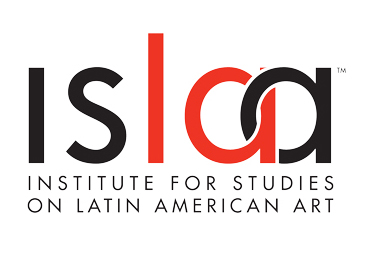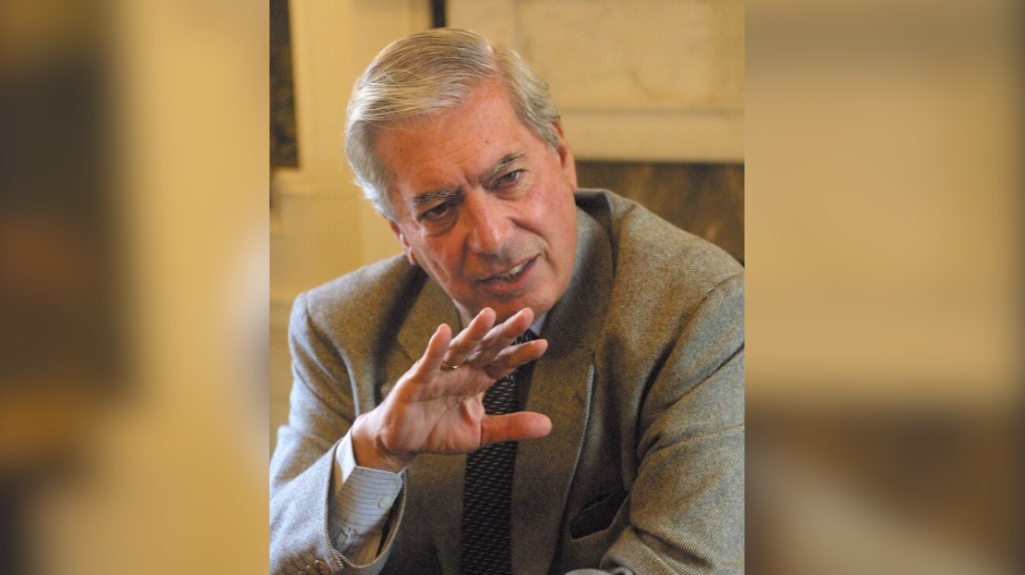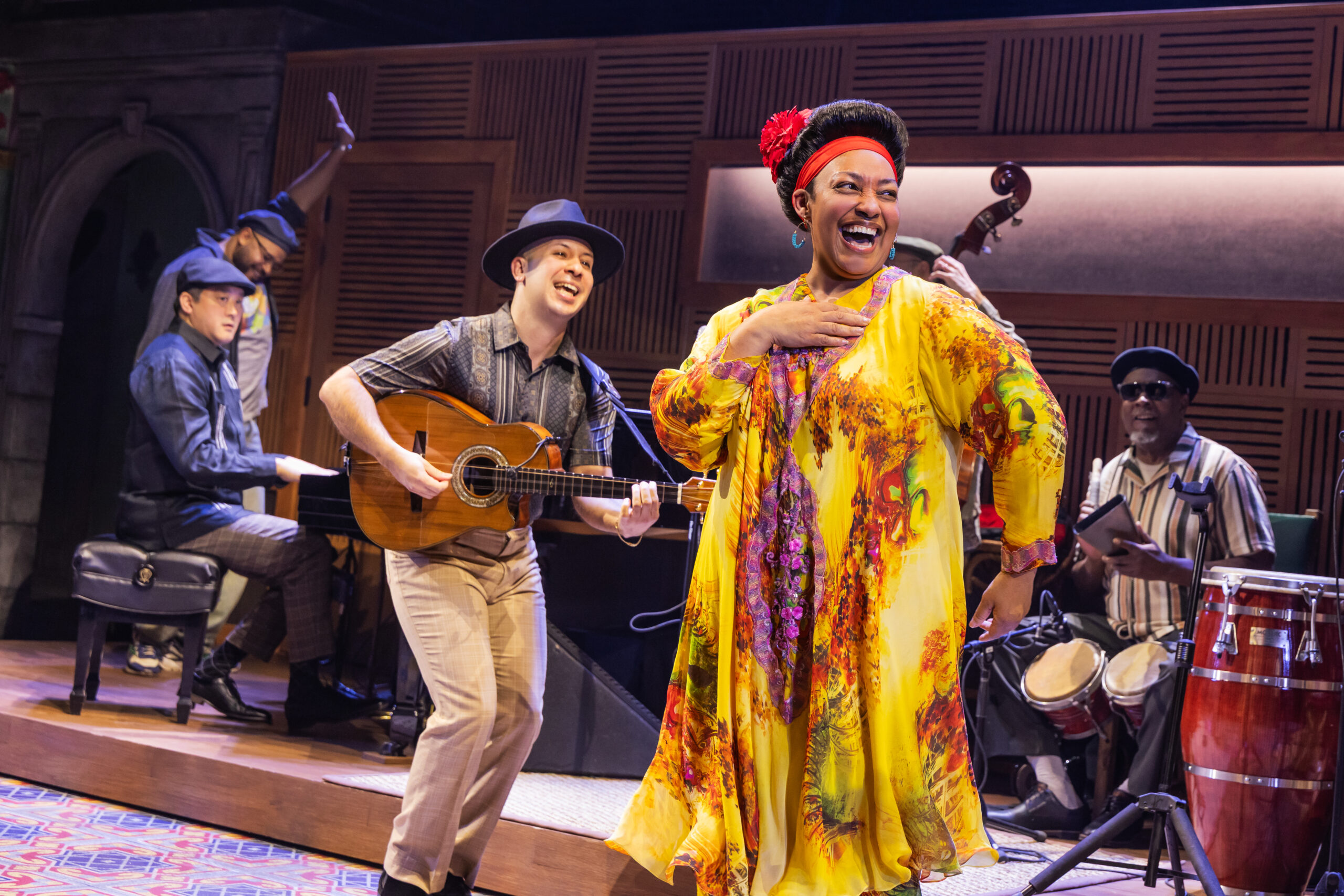This Must Be the Place: An Oral History of Latin American Artists in New York 1965–1975
This Must Be the Place: An Oral History of Latin American Artists in New York 1965–1975
This publication present the stories of Latin American artists who migrated to New York City in the mid-sixties.
Edited by Tie Jojima and Karen Marta
Order your copy online via ArtBook.
This Must be the Place: An Oral History of Latin American Artists in New York, 1965–1975 is the first publication to present the stories of Latin American artists who migrated to New York City in the mid-sixties and shaped the cultural production of that era. These artists anchored collaborative networks of artistic and political activity, embracing issues of individual and diasporic identity and experimenting with an array of artistic media as they contended with formidable structural barriers.
Published in the context of Americas Society’s exhibition This Must Be the Place: Latin American Artists in New York, 1965–1975, this fully illustrated volume compiles testimonies of these artists from interviews and primary sources, rare archival material, photographs, images of artworks, sketches, and press clippings into a critical reevaluation of contemporary American art in its formation. This Must be the Place offers readers a dynamic, candid, and historically rich perspective on the contributions of Latin American artists in shaping New York into the global art center it is today.
This Must Be the Place: An Oral History of Latin American Artists in New York 1965–1975 is a co-publication by Americas Society and the Institute for Studies on Latin American Art (ISLAA). Founded in 2011, ISLAA is committed to advancing scholarship and public engagement with art from Latin America through its program of exhibitions, publications, lectures, and institutional partnerships. To learn more, visit islaa.org.
Table of Contents:
- Forward, Susan Segal, President and CEO, AS/COA
- Introduction, Aimé Iglesias Lukin
- Thematic Chapters
- The City
- Communities and Institutions
- Politics, Identity, and the Body
- “Cildo Meireles in New York: Coca-Cola Bottles and Subway Tokens,” Harper Montgomery
- “Año Cero: 1969,” Yasmin Ramirez
- “Abdias do Nascimento and His Contemporaries: Black Power and Art in New York City,” Abigail Lapin Dardashti
- Artists Biographies
- Contributors Biographies
- Sources
- Further Reading
- Photo Credits
- Acknowledgements










